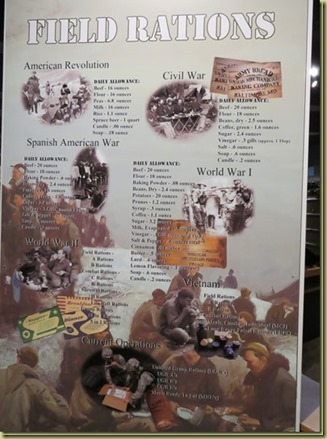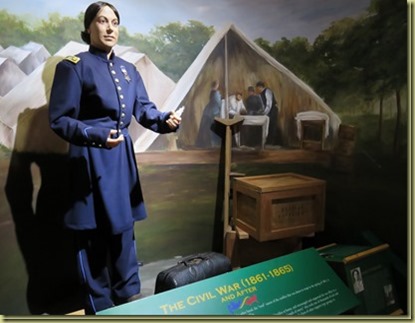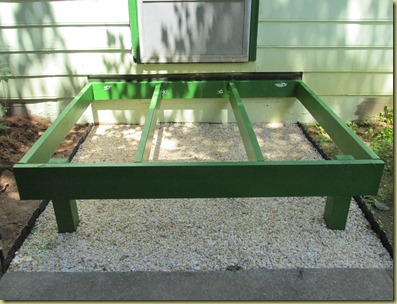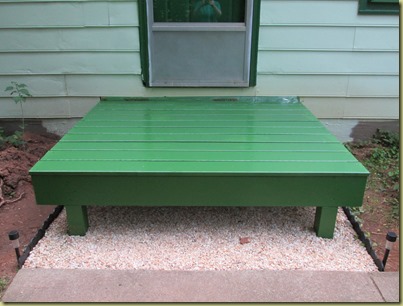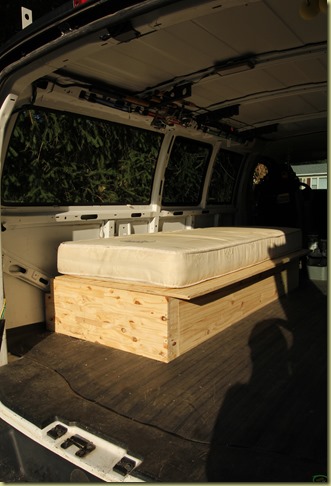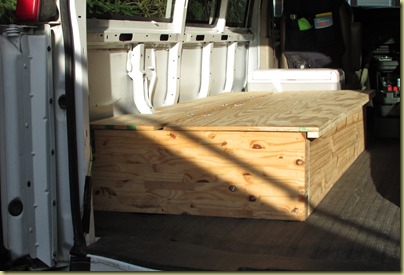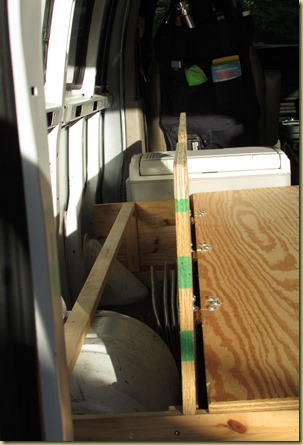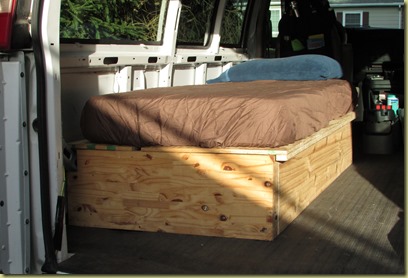Virginia is a grand state when it comes to museums, museums from all eras and presenting all kinds of things. One hot day in July I decided to go visit 2 of these museums, the Quartermaster and Women’s Army Corps museums at Ft. Lee near Petersburg.
 Quartermaster Sargeant – Indian War Era
Quartermaster Sargeant – Indian War Era
Now the Army’s Quartermasters are in responsible for supplying the soldiers with whatever they need to do their soldiering. In the colonial era this meant arms & ammunition, food for the soldiers, and fodder for the horses & mules. These tasks were actually contracted out and not done by army personel.
 Quartermaster Bringing Water & Ammo to a Soldier on Picket – Indian War Era
Quartermaster Bringing Water & Ammo to a Soldier on Picket – Indian War Era
The contract method didn’t work out so well so the 1812 war era army took over the task of delivering supplies to itself. It took awhile to get the basics down but the quartermasters rose to their task.
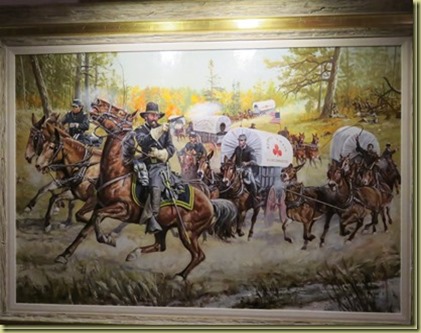 Civil War Supply Train Under Attack
Civil War Supply Train Under Attack
Quartermasters had to also be soldiers, a supply wagon train can supply foes as well as friends.
The museum has a very nice collection of saddles. Why saddles? Because civil war era army supply wagons were not controlled by a rein holding soldier sitting on a wagon seat but from a soldier riding one of the front draft mules. It very rugged terrain they also used pack saddles rather than wagons.
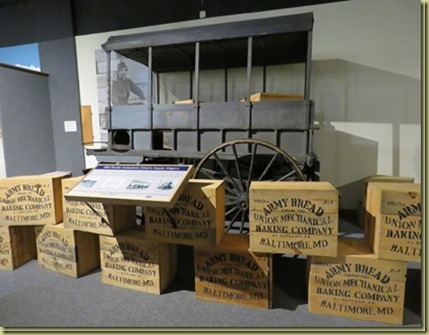 Civil War Quartermaster’s Wagon & Hardtack Crates
Civil War Quartermaster’s Wagon & Hardtack Crates
The Civil War was the war that made the quartermaster corp. It involved organizing supply purchase & delivery on a massive scale. Note the supply wagon above has a very narrow seat in the front. It was only used for driving the wagons along city streets.
The Civil War taught the Quartermasters how to deliver hugh amounts of supplies. The Indian Wars taught them how to deliver supplies over long distances over marginal or non-existant roadways. The army based it’s supply wagons on the proven civilian conestoga wagon. These were controlled by a driver with reins sitting on a seat with basic leaf springs. These wagons had friction breaks for the wheels also.
Supply Wagons remained totally horse or mule powered until WWI. The gas engined truck could carry more than a 4 equine wagon but was limited to improved roadways. So frontline delivery still used horses and mules.
Supply trucks maintained many wagon design features. Note the driver’s seating area on this model.
Trucks had almost compleatly replaced the horse & mule by the start of WWII. They were stoutly built with high ground clearance.
WWII Quartermaster Landing Craft
WWII in the pacific theatre required the quartermasters to deliver supplies largely by ships and landing craft. Some areas in southeast asia & china also relied on mules.
This chart is somewhat hard to read but very very interesting. Army rations became both greater in quantity and variety over time. The WWII ration list is shorter because canned rather than fresh foods had become the norm. The quartermasters were delivering meals instead of ingrediants. The Vietnam & Current lists contain only ready to heat & eat foods.
Munitions don’t take much preparation, they just need to delivered in adaquate quantities to the soldiers who need them. Food on the other hand needs to be prepared. So the quartermaster needs to deliver and man field kitchens of one sort or another.
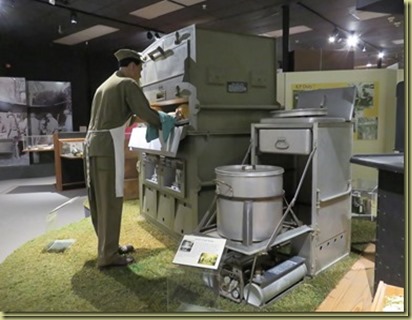 Gas Fired Baking Oven & Stew Cooker
Gas Fired Baking Oven & Stew Cooker
I suppose you could see these stoves, ovens, and crockpots on steriods as the ultimate in tailgate cooking.
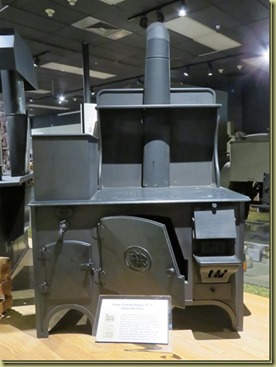 Mutifuel Cookstove for Forward Staging Areas
Mutifuel Cookstove for Forward Staging Areas
Well an army marches on its stomach and a well fed army is an army with stamina.
Of course not all cooking is done in an establish camp or staging area. An army on the move needs a light portable heat source. These stoves are issued to patrol squads. The oblong ring at the lower right corner is used with a heat tab and an indivdual canteen cup to heat water or field rations.
The canteen cup at the lower left corner is used with the heat tab right. The canteen, cup & ring all fit together in the canteen cover. Soldiers routinely ate & drank from a cup when in the field until the early 20th century when the mess kit was developed.
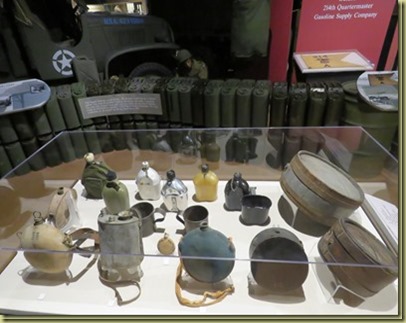 Colonial to Modern Army Canteens
Colonial to Modern Army Canteens
Ah, the lowly canteen, the soldier’s friend at all times.
The quartermaster’s job has gotten increasingly complex as the army itself has gotten larger and more complex. It is responsible for bringing the dead from an area of conflict and intering them properly or arranging for their transportation back to the US. They gained this responsiblity fairly recently, the dog tag is a quartermaster improvement on personal ID tags of wood or metal which one hoped would at least allow one to be buried in a marked grave.
Next door to the Quartermaster’s Museum is a small new museum dedicated to army women. The museum doesn’t have much in the way of artifacts but has good graphics displays tracing the role of women in the army.
The museum starts with the unoffical role in combat played by wives of soldiers who filled in for their wounded husbands in an artillery crew. Molly Pitcher is a composite of these ladies who tended to be on the battlefield because they were bring water to the gun crews.
 Colonial Women Artillery Gunner
Colonial Women Artillery Gunner
Colonial women also nursed the sick, injured, and wounded aswell as helped bury the dead but the medical care of soldiers didn’t become an army function until the Civil War.
There were several women doctors & surgeons in the Federal regular army and a great many more nurses. Nursing was not yet a common occupation for women, their service in army hospitals was brought on by wartime need.
This Afro-American woman (whose name I wrote down & then lost) had served as a regimental cook in a Federal Civil War unit. After the war she went west, as did many other Afro-Americans. She enlisted in a Buffalo Soldier unit as a man, presumably for the higher pay. Her familiarity with army ways from the Civil War probably helped and army records indicate she was an above average shot. She even received an army pension.
Women were well established as army nurses by WWI, but the shortage of men once the US entered the war opened up other posts to large numbers of women. Women filled many army clerical jobs and were trained to provide coastal guard and provost duties here in the US. This toehold has continued to expand until the US army now has 2 rangers who are woman. Huzzah!






